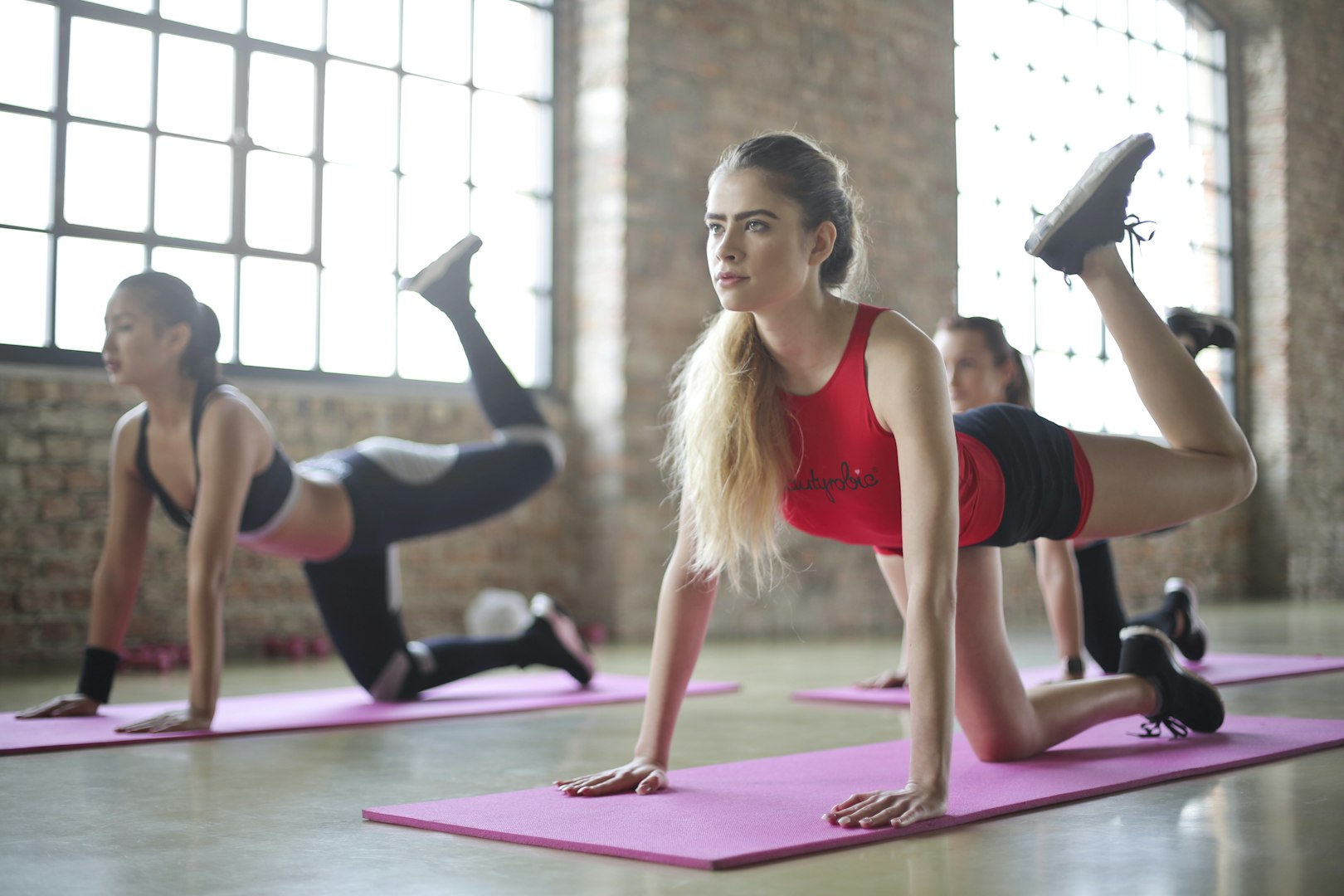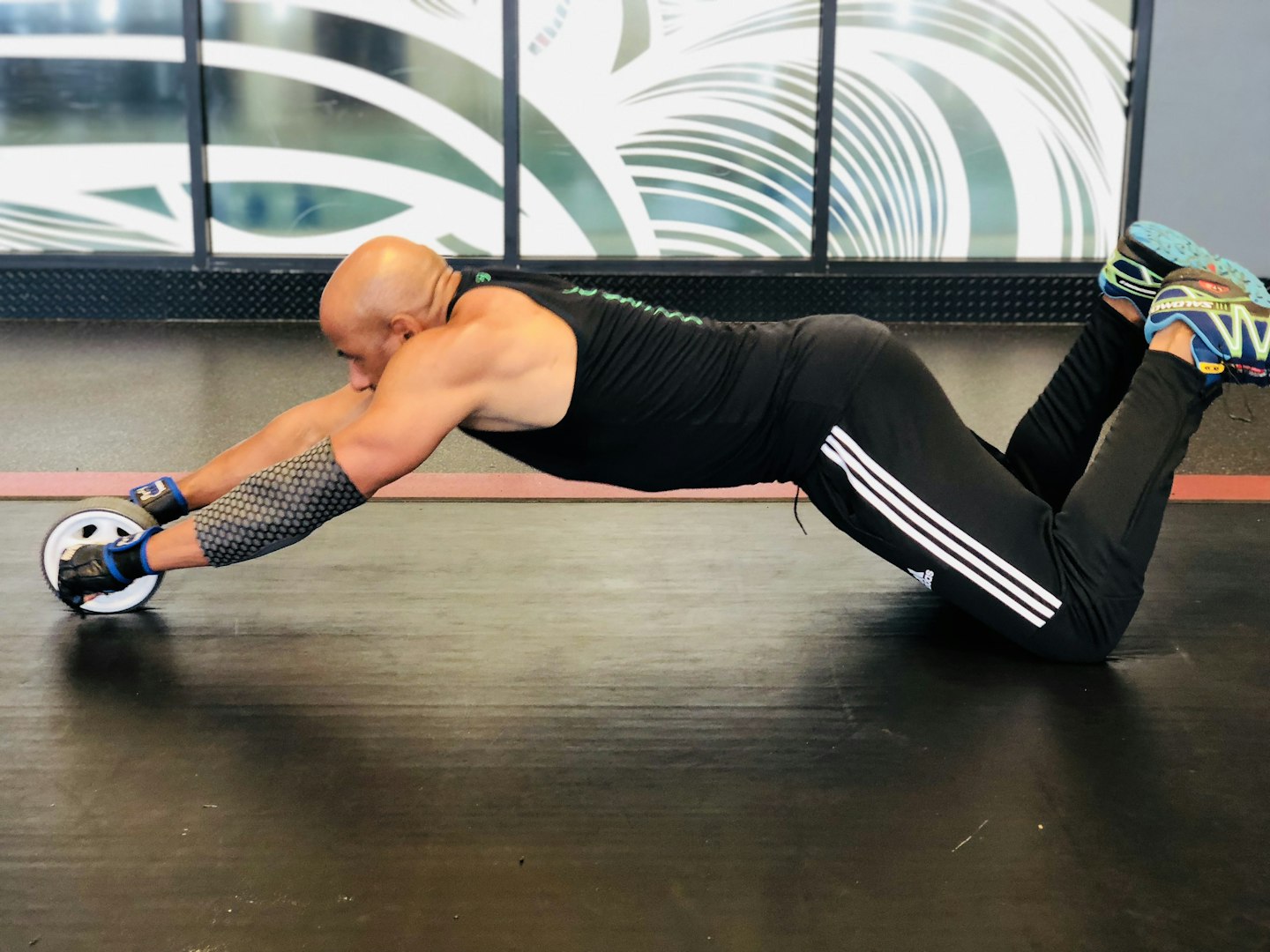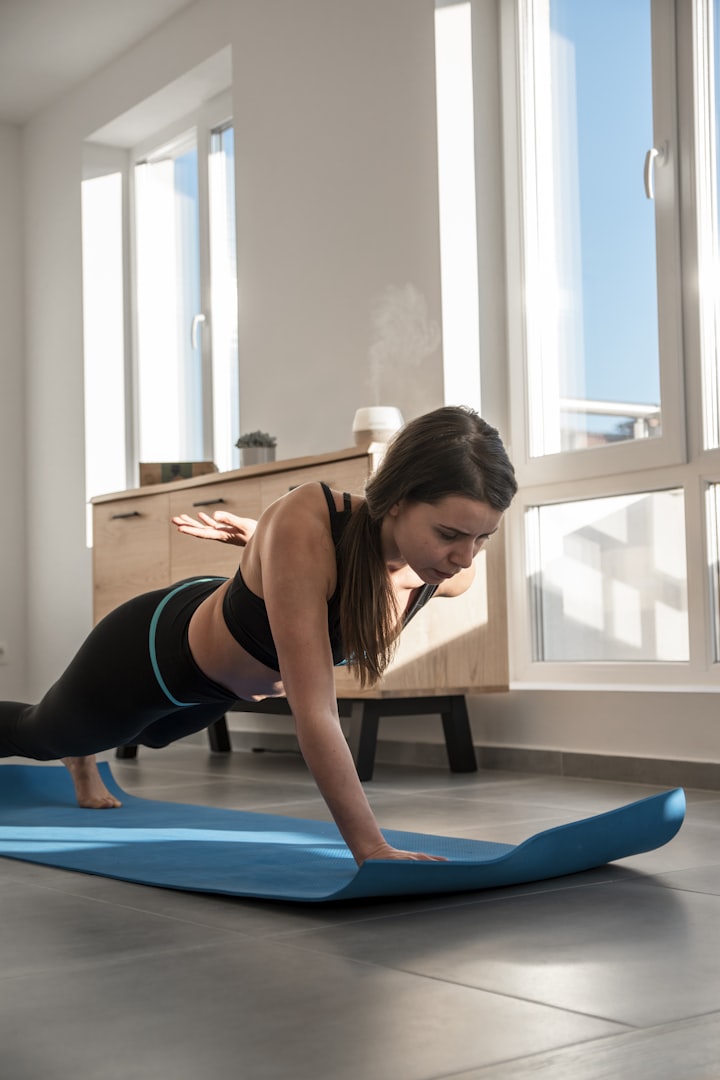
Don't skip Ab Day...
Your Spine needs all the help it can get!

It may be tempting to just focus on the "fun stuff" in the gym, however your core muscles are key contributors to your backs tolerance to exercise. Weakness and lack of endurance will leave you vulnerable to injury - any day, maybe even tomorrow. By maintaining working your core region in isolation as part of your workout sequence, you can help it keep pace with the rest of your bodies muscular growth and strength development.
It's one area of your body that you seriously don't want to lag.
"The core" refers to the muscles of the abdominal muscles (eg internal and external obliques, rectus and transversus abdominus, the lumbar spine, hips, and muscles that run through the pelvis. It is the synergy of these muscles that plays a critical role in providing support, stability, and power to the body's movements - kind of important for all elements of your workout.
So there is core stability and there is core strength. What's the difference?
Core stability, refers to the ability of the core muscles to provide support and control to the spine and pelvis during static and dynamic movements. It focuses on maintaining proper alignment of the joints and control of the muscles to prevent excessive or unwanted movement. Core stability is essential for maintaining balance, preventing injury, and transferring forces efficiently throughout the body.
Exercises aimed at improving core stability often involve holding specific positions or performing controlled movements that challenge the muscles to maintain proper alignment and control. These exercises could include the plank, dead bug and bird dog exercises. These exercises though are challenging for someone starting out, seek some help from a health or exercise professional to show you through the progressions that are right for you. Too much strain too soon and without good positional control can cause more harm than good.
Core strength, on the other hand, refers to the ability of the core muscles to generate force and produce movement. It involves the muscles' capacity to exert force during activities such as lifting, pushing, pulling, and twisting. Developing core strength typically involves resistance training and exercises that challenge the muscles to lift heavier weights or perform more repetitions. Strong core muscles contribute to improved athletic performance, better posture, and reduced risk of injuries.
Examples of exercises that help develop advanced core strength include controlled leg raises, plank rolls and swiss ball "stir the pot" type exercises. NB - For protection of the spine, twisting motions under load are an abnormal motion for the lumbar spine and not recommended.



A strong core can play a significant role in promoting spinal stability, proper alignment, and injury prevention, which can in turn help reduce the likelihood of experiencing back pain
But it isn't only the direct muscle support that these core muscles offer, you also need to be able to develop a strong level of IAP - Intraabdominal Pressure
What is IAP and how do I develop this?
IAP is an internal pressure system contributed to by the contraction of the abdominal muscles, that compresses the abdominal contents and creates a snug support system that also provides bracing internally to the lumbar spine structures including the discs. To optimise this system further, from above: a controlled breathing pattern can be used, inhaling and filling the lungs with air causing your diaphragm muscle to descend and push down onto the abdominal contents; from below: activating the pelvic floor contributing to tensioning and lifting the abdominal contents both director and indirectly by connective fascia - a type of soft tissue that links the region to the abdominal wall.
This combination, when all things work well, can acts like an internal weight lifting belt capable of supporting the spine in lifting, loading and explosive movements (like jumping and throwing). It helps to maintain lumbar spinal alignment and distribute some of the load through the region.
Your ability to work the core to stabilise is only as good as the weakest link in the chain
What to do about it?
Train your core stability and strength muscles in isolation - not just by tensing them while you are doing your other exercises. They are the key elements that will provide you with the stable and solid platform from which you can do the other "fun stuff" with better form, posture, and less risk of putting yourself out of action with an injury.
Start with stability, build strength - and then consider adding in compressive loads and motion.
Remember to maintain proper form, focus and engage your core muscles, breathe consistently throughout each exercise, and integrate your pelvic floor. If you're new to stabilisation exercises or have any health concerns, consider seeking guidance from a fitness professional or healthcare provider before starting a new workout routine.